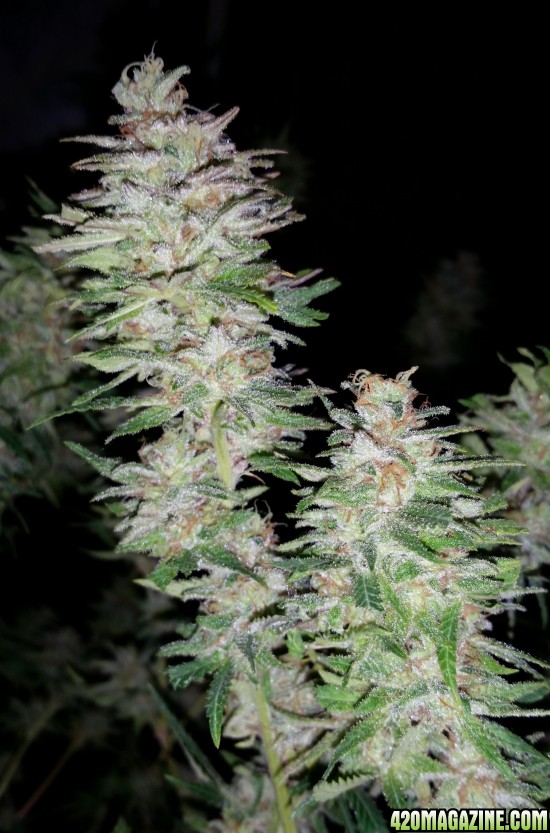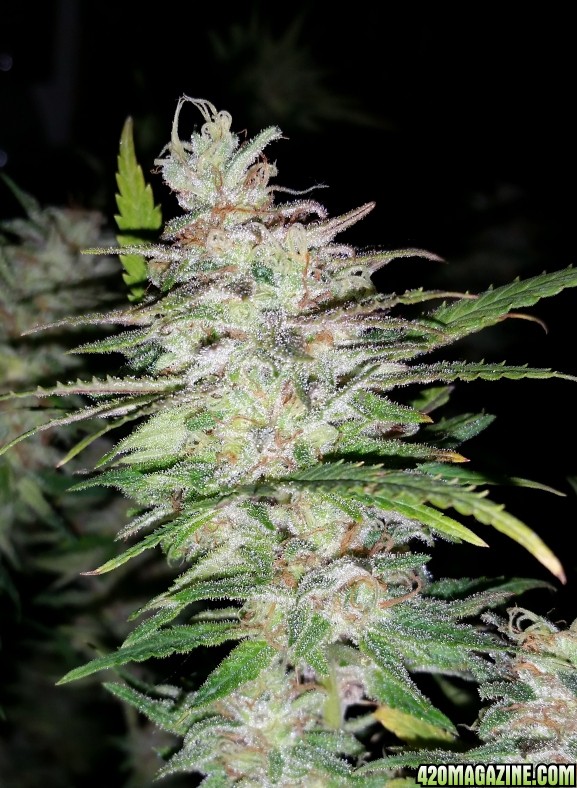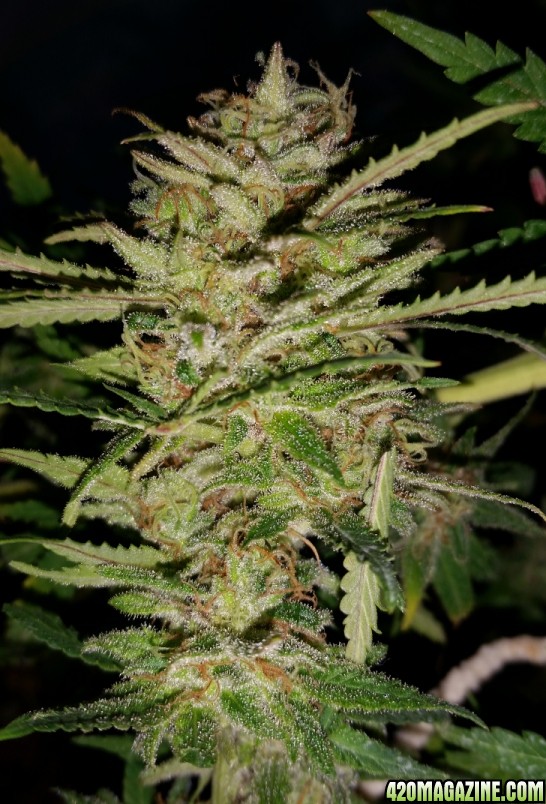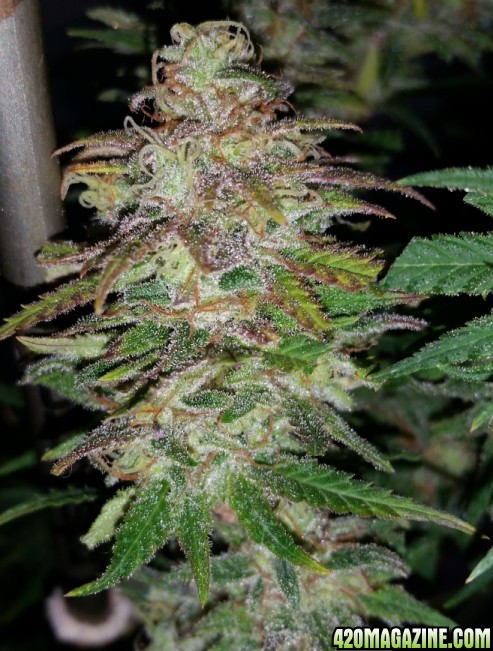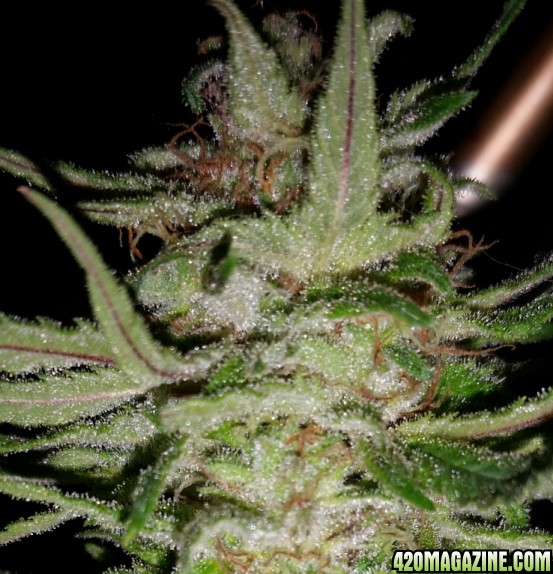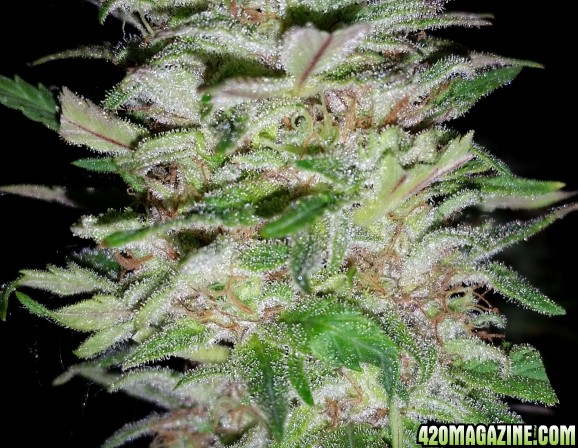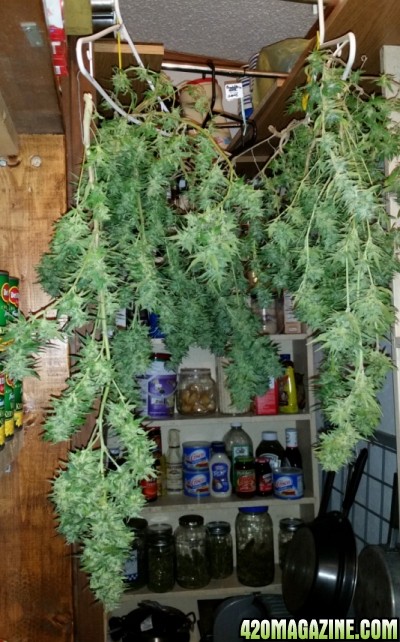- Thread starter
- #4,801
Re: Cannafan's Perpetual Grow - Where Everything Changes - Autos - Photos - Seeds & M
Thank you my friend.
Today is a Blue Blood clone....not so great methinks...but it will be a harvest. LOL There's another one that I will start today too...the name escapes me...
Lola came out lovely - nice harvest!
Thank you my friend.

Today is a Blue Blood clone....not so great methinks...but it will be a harvest. LOL There's another one that I will start today too...the name escapes me...








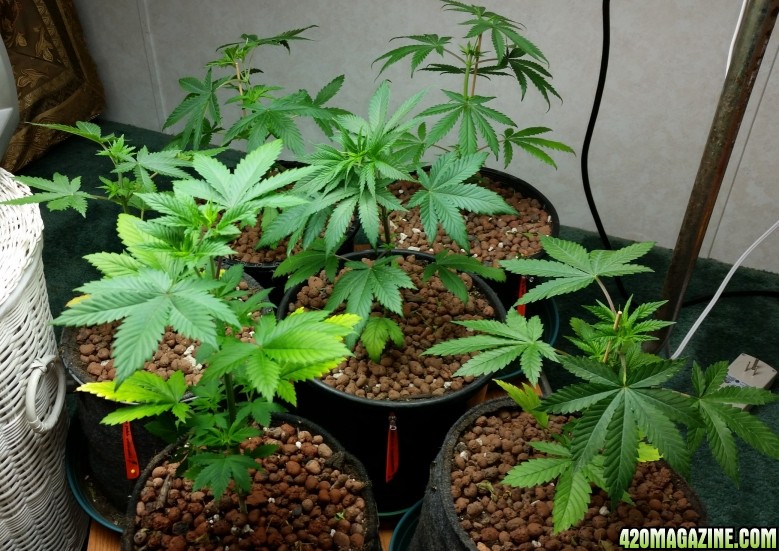
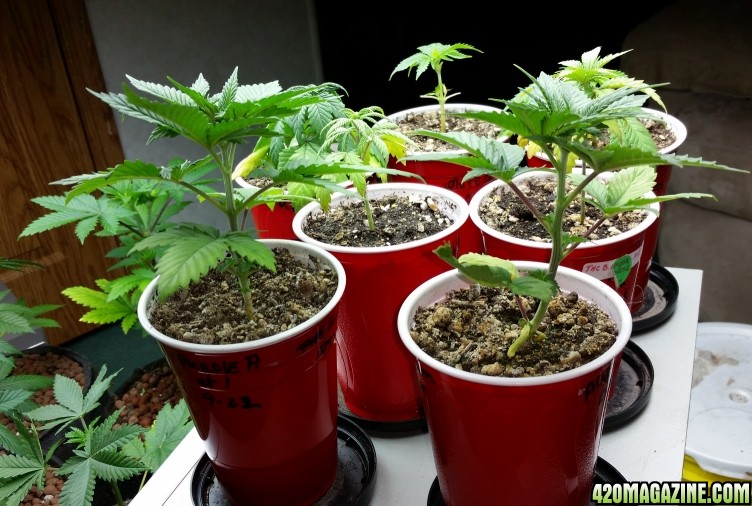
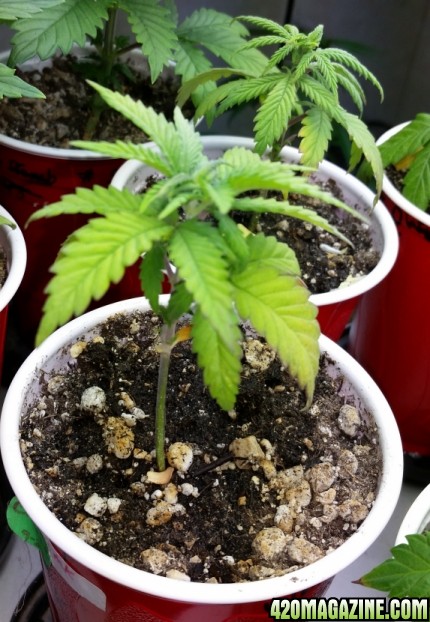




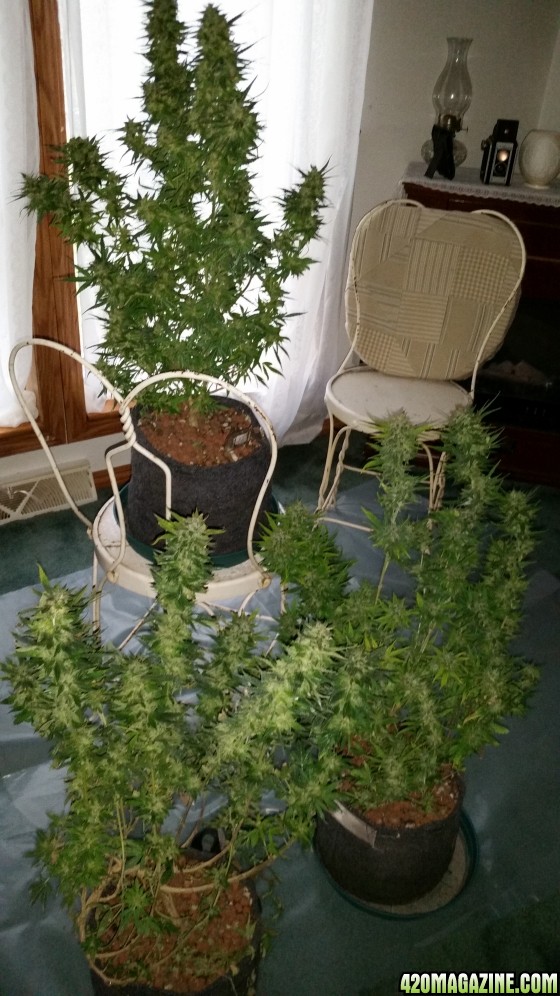


 Nice med supply there
Nice med supply there 